Innovations in Food Safety: Antimicrobial Solutions for Food Handling Areas
The Persistent Challenge of Food Contamination
Despite rigorous safety protocols and stringent regulations, microbial contamination stubbornly persists in food handling environments. Areas such as preparation surfaces, storage conditions, and equipment often transform into breeding grounds for dangerous pathogens due to cross-contamination, inconsistent temperature control, and inadequate sanitation practices. This ongoing issue has severe repercussions, with millions around the globe suffering from foodborne illnesses annually, leading to substantial health complications, economic losses, and societal burdens. The World Health Organization (WHO) estimates that each year, 600 million people—roughly one in ten globally—become ill after consuming contaminated food, resulting in approximately 420,000 deaths. These alarming statistics underscore the urgent need for effective solutions to adapt our practices and safeguard public health.
A Multifaceted Approach to Combat Contamination
Addressing microbial contamination effectively demands a comprehensive strategy that includes stringent food safety regulations, meticulous hygiene practices, and the adoption of cutting-edge technological innovations. Among these advancements, antimicrobial technologies stand out as a powerful defense, providing a significant means to curb microbial growth and contamination. Central to this multifaceted approach is the development of antimicrobial surfaces and coatings designed to inhibit the survival and proliferation of harmful microorganisms. These surfaces, often embedded with antimicrobial agents such as silver, copper, or zinc nanoparticles, present a proactive solution to reducing microbial load in food handling areas, thereby reinforcing overall food safety standards.
Antimicrobial Surfaces and Coatings: Fortifying Food Contact Areas
Antimicrobial surfaces and coatings play a critical role in preventing microbial adhesion and growth on essential food contact surfaces. Enhanced with agents like silver, copper, or zinc nanoparticles, these surfaces possess potent antimicrobial properties that significantly inhibit harmful microorganisms. They can be applied to existing surfaces through specialized coatings, offering an additional layer of protection against microbial contamination. In a groundbreaking study by the University of Michigan, antimicrobial copper surfaces demonstrated a remarkable 99.9% reduction in microbial load for Staphylococcus aureus and Escherichia coli—common culprits in foodborne illnesses—within just two hours of exposure. Furthermore, incorporating antimicrobial coatings in high-touch areas such as countertops, cutting boards, and utensils can markedly reduce the risk of cross-contamination. Research published in the Journal of Applied Microbiology highlighted that silver nanoparticle coatings significantly minimize bacterial contamination on stainless steel surfaces commonly used in food processing facilities.
Antimicrobial Packaging: Extending Shelf Life and Safeguarding Food Quality
Innovative antimicrobial packaging solutions have transformed the fight against food spoilage and contamination. These advanced materials, infused with antimicrobial agents or designed with unique properties, create inhospitable environments for microbes. For example, packaging that incorporates natural antimicrobials like essential oils or films with oxygen-scavenging capabilities effectively deprive microbes of the oxygen required for survival, thereby extending the shelf life of food products. Research published in the Journal of Food Science and Technology showcased the efficacy of antimicrobial packaging containing essential oils in extending the shelf life of strawberries. Strawberries packaged with antimicrobial films containing thyme and oregano essential oils exhibited a noteworthy reduction in microbial growth compared to those conventionally packaged. This approach can also benefit a wide range of perishable foods, including meats, dairy, and baked goods, ensuring that they remain safe and fresh by inhibiting the growth of spoilage organisms and pathogens.
Advanced Sanitation Technologies: Comprehensive Hygiene Solutions
Augmenting antimicrobial surfaces and packaging, advanced sanitation technologies provide a broad spectrum of solutions for maintaining a hygienic food handling environment. These advancements encompass ultraviolet (UV) light disinfection systems, ozone-based sanitizers, and electrolyzed water systems, all effective at eradicating microbes from surfaces and equipment. A study by the University of California, Davis, found that an electrolyzed water system significantly reduced microbial loads, including pathogens like Salmonella and Listeria, in a commercial food processing facility. UV light disinfection systems have also gained popularity due to their ability to inactivate a wide array of microorganisms without chemicals. UV light disrupts microbial DNA, rendering them unable to reproduce and effectively eliminating them from surfaces and equipment. The International Journal of Food Microbiology corroborated this method’s efficacy, demonstrating UV-C light’s effectiveness in reducing microbial contamination on conveyor belts used in food processing facilities.
Enhancing Public Health and Consumer Confidence
Implementing antimicrobial solutions in food handling areas holds tremendous potential to enhance public health outcomes and boost consumer confidence in the food industry. By effectively reducing microbial contamination risks, these technologies can lower the incidence of foodborne illnesses, extend product shelf life, and foster deeper trust among consumers. Today, consumers are more informed and vigilant about food safety than ever before. According to a survey by the Food Marketing Institute, 87% of consumers prioritize food safety in their purchasing decisions. Food businesses that adopt antimicrobial technologies not only show a commitment to food safety but also meet the substantial expectations of consumers for safe and high-quality products. As regulatory bodies and industry standards increasingly emphasize the importance of effective food safety measures, antimicrobial solutions are becoming essential for compliance with stringent requirements, thereby minimizing legal liabilities. The Food and Drug Administration (FDA) and the European Food Safety Authority (EFSA) have established clear guidelines for using antimicrobial agents in food contact materials, reinforcing regulatory support for these technologies.
Investing in the Future of Food Safety
Adopting antimicrobial technologies entails an initial investment, but the long-term benefits of improved food safety, reduced waste, and increased consumer confidence make it a strategic imperative for forward-thinking food businesses. Ongoing research and development promise even more advanced and effective antimicrobial solutions in the future. Collaboration among research institutions, industry stakeholders, and government agencies is vital for advancing antimicrobial technologies in food handling areas. The National Institute of Food and Agriculture (NIFA) has funded research projects focused on developing novel antimicrobial materials and evaluating their efficacy in real-world settings. By embracing these cutting-edge technologies and integrating them comprehensively into food safety protocols, the food industry can position itself as a leader in safeguarding public health and contributing to a healthier, more sustainable, and trustworthy food system for future generations.
In conclusion, antimicrobial solutions present a promising avenue for addressing the persistent challenge of microbial contamination in food handling areas. Through the development and implementation of antimicrobial surfaces, coatings, packaging, and advanced sanitation technologies, the food industry can significantly enhance food safety, protect public health, and build consumer confidence. As research and innovation continue to progress, the future of food safety appears brighter than ever.
References:
- World Health Organization. (2015). WHO estimates of the global burden of foodborne diseases.
- Schmidt, M., et al. (2012). Antimicrobial Copper Surfaces in the Food Industry. University of Michigan.
- Guerrero-Beltrán, J.A., et al. (2021). Efficacy of antimicrobial packaging containing essential oils in extending the shelf life of strawberries. Journal of Food Science and Technology.
- Gomes, C., et al. (2015). Silver nanoparticle coatings on stainless steel surfaces for the prevention of bacterial contamination. Journal of Applied Microbiology.
- Huang, Y., et al. (2020). Efficacy of electrolyzed water system in reducing microbial loads in a commercial food processing facility. University of California, Davis.
- Guerrero-Beltrán, J.A., et al. (2019). UV-C light disinfection of conveyor belts in food processing facilities. International Journal of Food Microbiology.
- Food Marketing Institute. (2020). Consumer attitudes towards food safety. Retrieved from https://www.fmi.org/consumer-affairs/food-safety
- Food and Drug Administration. (2017). Guidance for industry: Use of antimicrobials in food contact materials. Retrieved from https://www.fda.gov/food/food-ingredients-packaging/use-antimicrobials-food-contact-materials
- European Food Safety Authority. (2016). Guidance on the use of antimicrobials in food contact materials. Retrieved from https://www.efsa.europa.eu/en/topics/topic/food-contact-materials
- National Institute of Food and Agriculture. (2021). Funding opportunities for research on antimicrobial materials in food safety. Retrieved from https://nifa.usda.gov/program/food-safety
.
This article is generated by SafeComs AI, Automation Bot.




